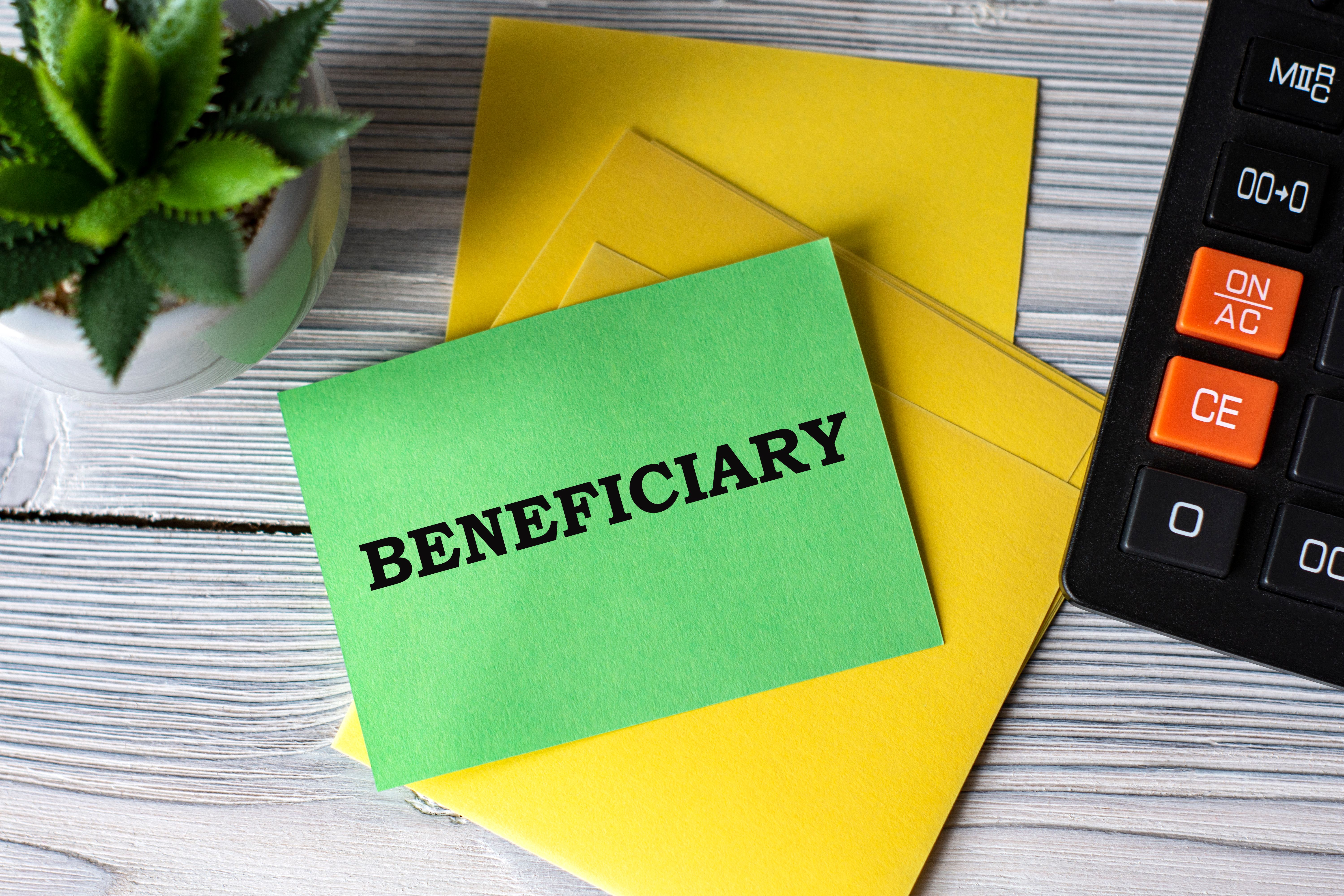Using Life Insurance to Settle Debts After Death
Understanding Life Insurance and Debt Settlement
Life insurance is often thought of as a way to provide for loved ones after one's passing. However, it can also be a strategic tool for settling debts that remain after death. Understanding how life insurance works in this context can help ensure peace of mind and financial security for beneficiaries.

When a person passes away, their debts do not automatically disappear. Instead, these debts become part of their estate. If the estate lacks sufficient funds to cover outstanding debts, creditors may seek repayment from any assets left behind. This is where life insurance can play a crucial role in protecting your estate and your heirs.
Types of Life Insurance Policies
There are primarily two types of life insurance policies: term life insurance and whole life insurance. Term life insurance provides coverage for a specific period, while whole life insurance offers lifelong coverage and includes an investment component. Both types can be used to settle debts, but they function differently in the context of debt settlement.
Term life insurance is generally more affordable and can be a practical choice if you anticipate needing coverage only during specific periods, such as while paying off a mortgage. Whole life insurance, on the other hand, builds cash value over time and can serve as both a debt settlement tool and an investment.
Designating Beneficiaries for Debt Settlement
To use life insurance effectively for debt settlement, it is essential to designate beneficiaries correctly. Beneficiaries are the individuals or entities who will receive the life insurance benefits upon your passing. By naming specific beneficiaries, you can direct the payout to those who will use it to settle debts.

It is important to communicate with your beneficiaries about your intentions. By doing so, they will know how to allocate the funds to cover outstanding debts adequately. This foresight can prevent financial stress and safeguard your estate from creditors.
Calculating the Necessary Coverage
When using life insurance to settle debts, calculating the necessary coverage amount is crucial. You should assess all existing debts, including mortgages, car loans, credit card balances, and any other obligations you may have. Adding these amounts together will give you a clear picture of the coverage needed.
- Mortgage balance
- Credit card debt
- Personal loans
- Student loans

Advantages of Using Life Insurance for Debt Settlement
There are several advantages to using life insurance as a means of settling debts after death. One significant benefit is that life insurance payouts are generally tax-free, meaning beneficiaries receive the full amount designated in the policy. Additionally, these funds can be quickly accessed, providing immediate relief from financial burdens.
Moreover, using life insurance for debt settlement ensures that your heirs are not forced to liquidate assets or sell property to cover debts. This can preserve family heirlooms and maintain financial stability for future generations.
Consulting with a Financial Advisor
Before making decisions about using life insurance for debt settlement, it is wise to consult with a financial advisor. A professional can help assess your financial situation, recommend suitable policies, and ensure that your coverage aligns with your overall estate plan and debt management strategy.
In conclusion, life insurance can be an effective tool for managing debts after one's passing. By understanding policy types, designating beneficiaries appropriately, and working with financial professionals, you can protect your loved ones from financial stress and preserve your legacy.